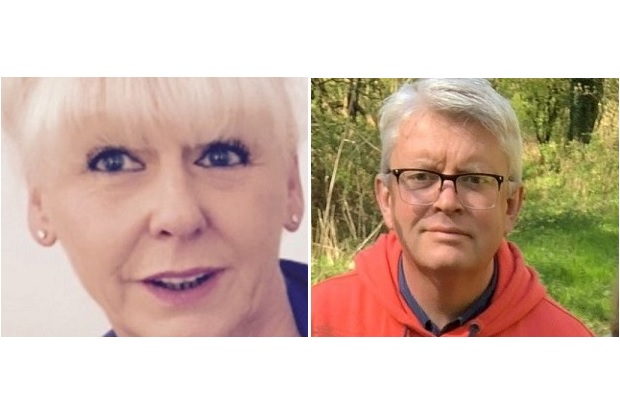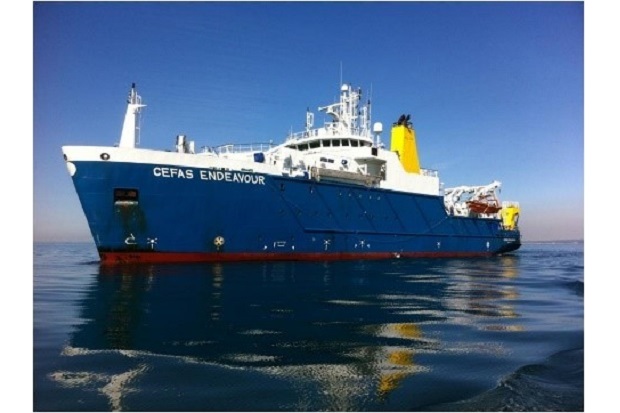
In National Marine Week, we hear from Jocelyn Henderson and Stace Oliver about their work to develop a new digital service that enables fish and shellfish caught by UK flagged vessels to be exported.
Since the UK left the European Union, a catch certificate is required for UK businesses to export fishery products from the UK to the EU.
Why we built the service
Prior to the UK leaving the EU, catch certificates for exports (300 in total annually) were issued by the Marine Management Organisation (MMO) for goods exported to countries outside of the EU for processing that were then re-exported to the EU for consumption after processing.
This was a paper-based system for capturing information which operated from a site in England and another in Scotland.
Upon leaving the EU we knew this was going to change. For example, it is estimated that approximately 250,000 (volumetric provided in service dependency model) export certificates per year will be needed for consignments of fish exports to the EU.
We knew too that the existing manual paper-based process would adversely impact exporters, that already placed a significant burden to export to those eight countries. And so, a new digital service to generate Export Catch Certificates would be required.
We were tasked with building the digital service to enable this new trade certification process to work, including enabling the MMO, and the departments in devolved authorities and crown dependencies, to validate the certificates. Step forward the Fish Export Service (FES).
How the process works
The user journey is simple: User logs in, user requests the catch certificate, the request is validated, the exporter receives the certificate, the importing fisheries authority verifies the certificate.
The export process begins with the exporter entering the vessel and catch details for an export consignment and that data then being verified against catch records.
What we did
Collaborating with key delivery partners, including Capgemini and the Centre for Environment, Fisheries and Aquaculture Science (Cefas), we initially delivered a series of digital services ready for the UK leaving the EU on 01 January 2021:
- Creation of catch certificates on Gov.uk for UK citizens and businesses to export fishery products to the EU.
- Creation of storage documents on Gov.uk where the fish is imported to UK and stored for some duration, before re-exporting to the EU.
- Creation of processing statements on gov.uk for fish imported into the UK, processed into another product in the UK, and then re-exported to the EU.
- A case management solution for UK to have cases routed to teams – to manage business exceptions/validation failures, as a result of compliance, and risking related advanced validations
- A reporting solution for MMO to analyse data for catch certificates, storage documents and processing statements
Initial operating capability was reached in December 2020, and full operating capability by April 2021.
User feedback helps us to iterate and improve
Overall, feedback suggests that users find the service intuitive and straightforward and have experienced no issues progressing through the journey. and making use of the new features. This feedback has also been helpful in signposting what further enhancements could be made.
Applying this user research, and working closely with our delivery partners, we’ve enhanced the service. Enhancements have included: upload of data to improve efficiency, being able to clone a new catch certificate from existing one and creating a journey hub enabling users to complete documents around their business processes. The GOV.uk services are also available in Welsh.
Jocelyn Henderson is the Fish Exports Service Delivery Lead in Defra Digital Data and Technology’s Major Projects and Digital Delivery team. Stace Oliver is Head of Digital and IT Service Management at the Marine Management Organisation.
National Marine Week (actually a fortnight!) runs from 23 July to 7 August and is a chance to celebrate the wonderful wildlife found in the seas around the UK, and our relationship with this incredible habitat that surrounds us.


Recent Comments